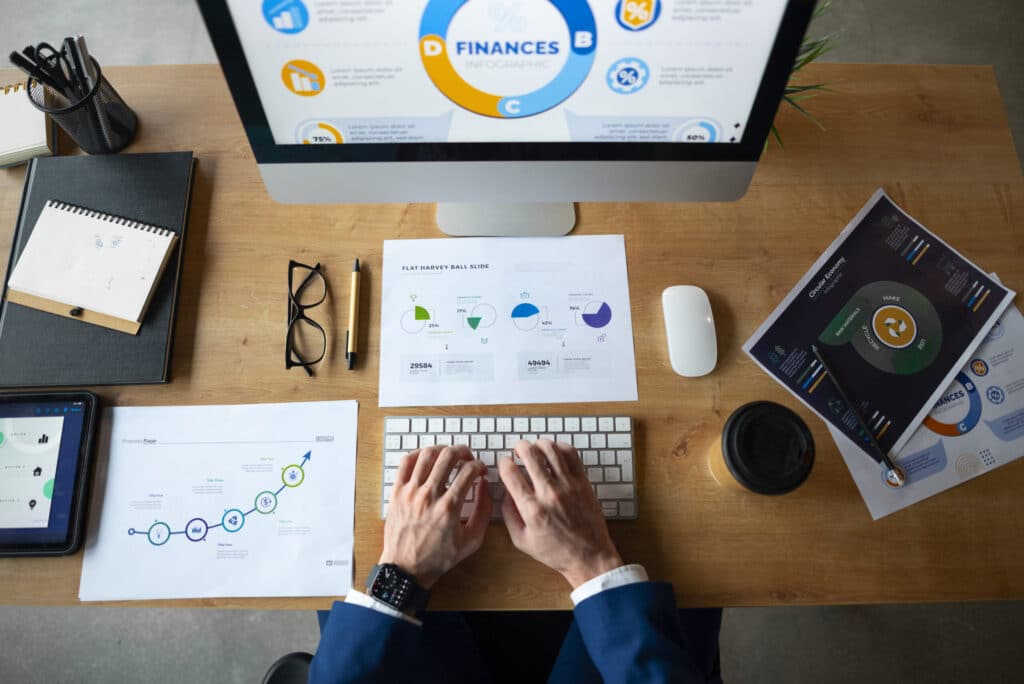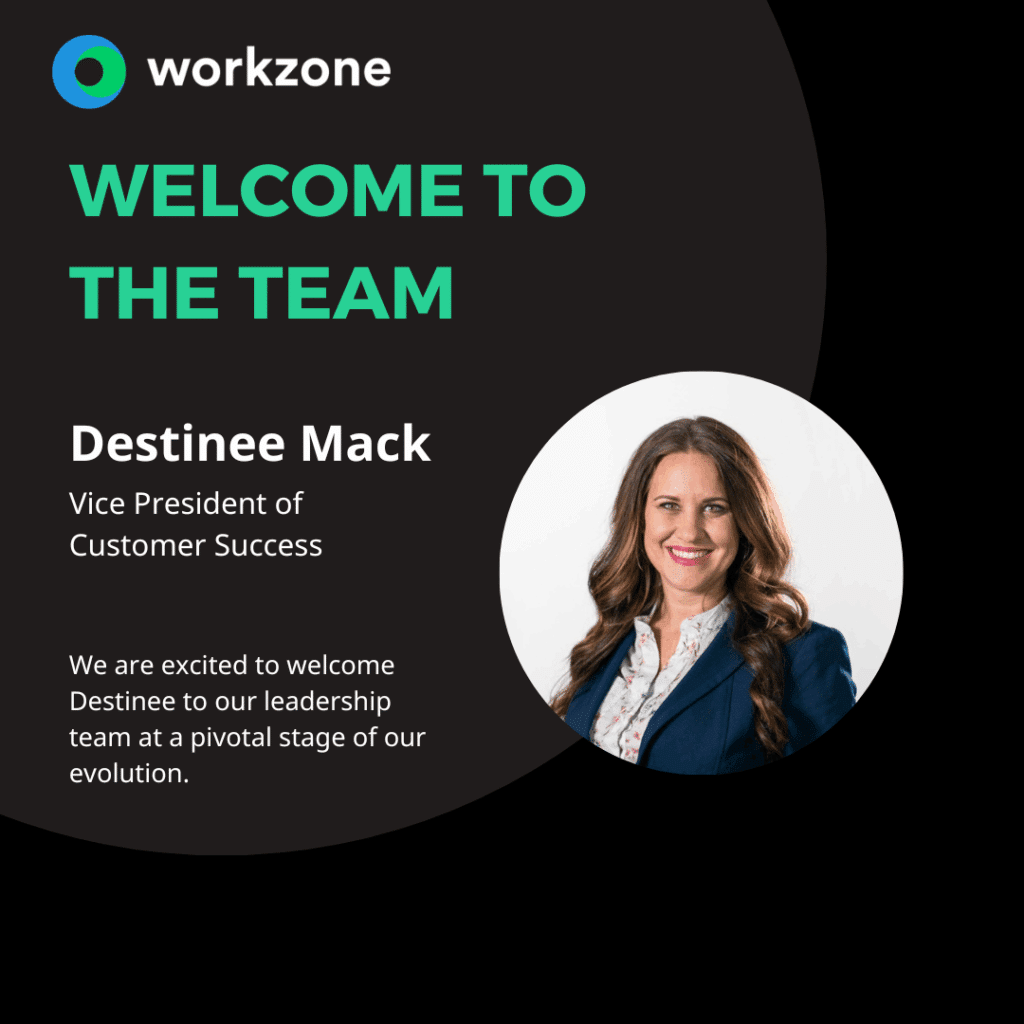What You Need To Know From 17 Productivity Studies

Are you or your employees as productive as you’d like at your workplace?
What are you doing to help your company improve productivity? Sometimes it’s about working smarter, not harder.
We did the hard work for you and dove into some of the recent research around productivity in the workplace and what we can do to become more efficient.
In this post, you’ll see the research and some actionable takeaways that you can use immediately to make a difference in your company.
Promote Wellness.
Did you know that the stock price of companies that have excellent workplace health and safety programs achieved a 325% rate of return, compared to 105% for the S&P 500 Index companies?
It’s true, according to this study in the Journal of Occupational and Environmental Medicine (JOEM).
Healthy workers consume fewer healthcare resources, have fewer accidents, and perform better.
Another survey found that when a company focuses on employee health and wellness, worker engagement increases. And retention rates improve, and absenteeism declines – which are all signs of a productive workforce.
How can you encourage a culture of health and wellness? Try these tips:
- Start with the bosses – the emotional impact of leaders who care about the well-being of their workers are motivating
- Use a variety of communication channels – be creative and look for communication formats that are fun and engaging
- Keep it relevant – ground the corporate wellness activities in your company culture to keep them engaging and relevant
- Incentivize good behavior with relevant rewards – ask your employees to find out what motivates them
Install Standing Desks.
Standing desks are not only good for our health, but also great for productivity.
The study found that the group that used stand-up desks had 23 percent more successful calls than their seated colleagues. By the end of the study, they had 53 percent more successful calls.
Standing desks promote circulation and bring oxygen to the brain to boost mental clarity.
But be careful! Before having your employees get off their seats, make sure the standing desks are set up properly to avoid poor posture and injuries.
Give Flu Shots.
Employees’ productivity plummets when they’re sick, even if they drag themselves to the office and sit at their desks.
Providing on-site preventive care not only makes it easier for employees to take care of their health, but also saves time in the workday for workers to find care on their own.
On-site flu shots is a popular preventive measure adopted by many companies. It’s easy to arrange and employees who have received a flu shot are found to reduce the need for doctor visit by 60 percent during the flu season.
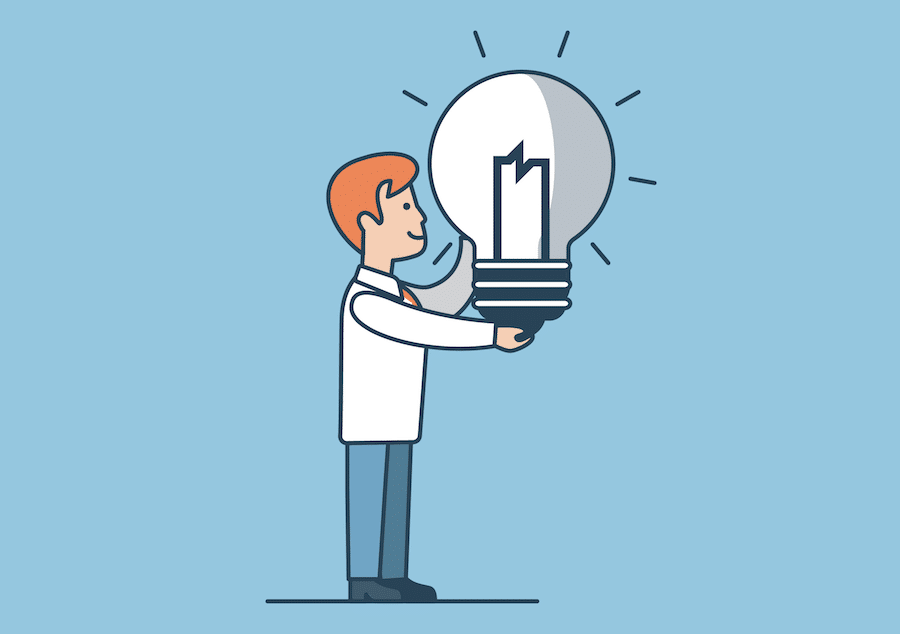
Provide Natural Light.
Poor lighting can affect workers’ mood and ability to focus. They tend to take more frequent breaks, feel fatigue easily, and even suffer from depression.
Alertness is strongly influenced by exposure to light and the timing of the circadian clock. In turn, alertness affects our environmental awareness, the level of wakefulness, the level of fatigue, and mental capacity.
Natural light is most effective in boosting productivity and reducing depression. If it’s not possible to have a large amount of natural light, use lighting fixtures with cooler light, which helps with productivity.
Get A Better Building (Or Improve It).
Working in high-performing, green-certified buildings helps improve employee decision-making. That’s according to researchers at Harvard.
Don’t worry, you don’t have to move your office to take advantage of what scientists have learned in this study.
Here are a few things you can do to stimulate green building environment in your office:
- Ensure good ventilation and use air filter to improve air quality
- Introduce nature into the physical environment, e.g. adding plants
- Use non-toxic paint, carpets, and fabrics as much as possible
Keep It Cool.
In London, researchers from an architecture firm recorded temperature and indoor environment quality. They found that overheating not only poses a hazard to workers’ health but also impacts their productivity.
They also found that productivity losses derived from overheating are almost 10 times those of the running cost of cooling.
But comfort is not determined solely by temperature. Occupants’ engagement in ventilation strategy affects the level of perceived comfort, which in turn impacts perceived productivity.
It may not be easy to set the thermostat in a way that makes everybody in the office happy. However, pay attention to employees’ perception and the level of ventilation.
Escape The Cubicle.
We haven’t really met anyone who loves working in a cubicle, have you?
A recent study conducted by Oxford Economics reveals that distractions in the workplace caused by cubicle setups negatively impact employee satisfaction and productivity.
The savings with cubicles are often offset by the loss in productivity because employees aren’t able to work without distraction.
Allowing employee the flexibility to work remotely can help alleviate some of the issues. In fact, a recent report on telecommuting indicates that 80-90% of the total U.S. workforce prefers to telework at least part of the time.
You can also design a work environment to help reduce distraction by balancing employees’ togetherness and privacy while letting them choose where they work within the office.
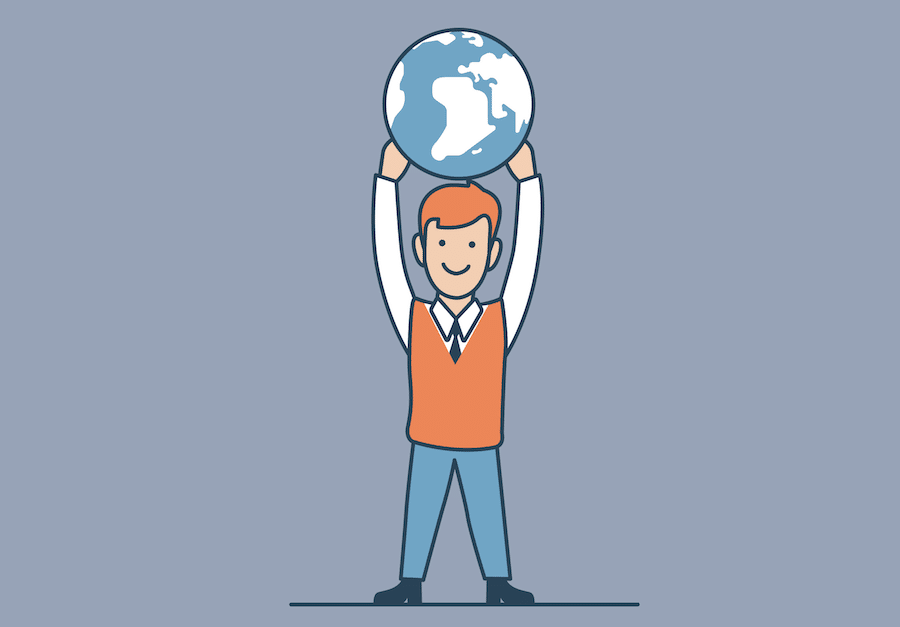
Allow Remote Work.
According to a recent survey titled What Leaders Need To Know About Remote Workers conducted by TINYpulse, 91% of participants rated themselves to be more productive when working remotely.
These remote workers are also happier and feel more valued by the organization.
Before you ask your employees to pack up their bags and work from home, you need to set up your remote workforce to be productive:
- Set clear and mutually agreed-upon employee goals and objectives with clear expectation that brings focus to the employees’ work
- Ensure good communication with and constructive feedback from managers who establish, and manage to, clear and measurable employee objectives
- Encourage employees to cultivate relationships with coworkers and reinforce company culture in employee communications
- Establish a system for effective workflow management and communication
Be Happy & Be Creative.
The happier employees are, the more creative they’ll be. And that in turn positively impacts creativity, which helps with job satisfaction. That’s a win-win-win.
What does that mean for employers and managers? Here are a few things you can do:
- Revisit the company’s promotion strategy, so employees’ job satisfaction becomes part of the evaluation criteria for managers’ performance
- Build trust between upper management and employees
- Respect employees and recognize their contributions
- Give employees autonomy to devise solutions and use their skills
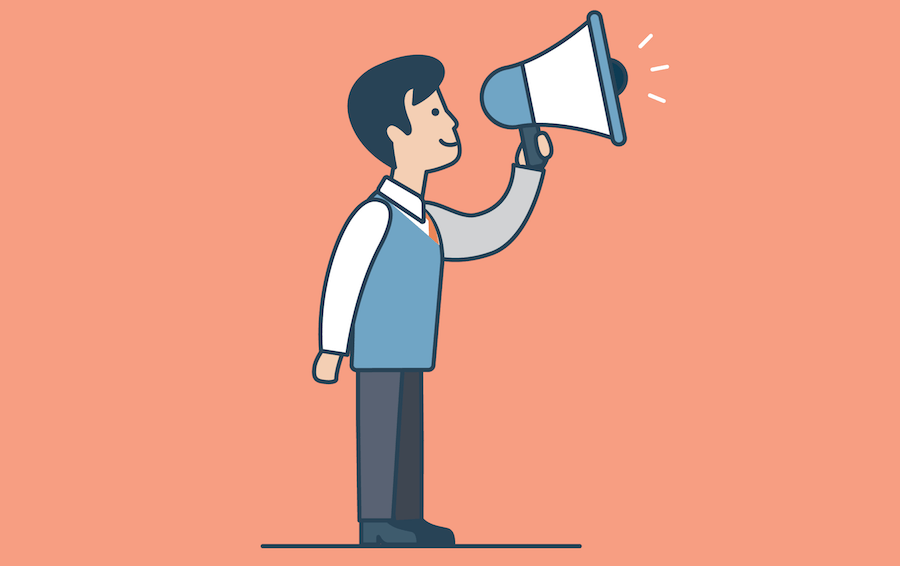
Review The Performance Review.
Did you know that 25% of employees feel that annual performance reviews don’t help them improve their performance?
Many large companies in the world, including GE and Adobe, have already abolished their annual review process in exchange for regularly feedback.
Adobe has created a “check in” system in which expectations are set annually but feedback is given regularly. GE created “Touchpoints,” which has resulted in a five times increase in productivity over one year.
Work Less!
For today’s workforce in the knowledge economy, sitting all day in the office does not necessary translate into higher productivity. It actually hurts output.
To encourage creativity and make sure companies are tracking not only the quantity but also the quality of employees’ output, we may need to revisit how we track productivity so we can determine the optimal amount of work hours that correlate with the optimal quality and quantity in output.
Stop Multi-Tasking.
Multitasking may make you appear productive, however, switching between tasks drains the energy reserves in your brain and actually makes you less productive.
There are many things you can do to avoid multitasking – from imposing self-discipline to cleaning up your workspace.
To help employees stay focused, employers can encourage managers to control workflow so employees can tackle one task at a time.
Take More Breaks.
Studies have found that taking breaks every one or two of hours make people more productive.
After we focus on a task for a while, the brain numbs out to the constant stimulation and a break can help us return to it with renewed energy.
Moreover, a break that allows our mind to wander and take in different input can help spark creativity and increase the quality of output.
Companies can also encourage employees to incorporate physical movements during their break time, which can keep us from becoming mentally stagnant.
Minimize Interruptions From Colleagues.
According a survey by Luxafor, the #1 challenge with staying productive at work is interruptions from colleagues.
34% of respondents felt that interruptions from colleagues are damaging to their productivity. These interruptions include online and offline disruptions, such as Slack notifications.
To reduce interruptions, set expectations with your co-workers so they know when not to disturb you. Keep in mind that you don’t have to respond to every message every time something pings and dings!
Individual employees are not the only ones responsible for their productivity. As you can see from these studies, workplace culture and environment are important factors affecting the quantity and quality of workers’ output.
Conclusion
From these studies, you’re now equipped with the research to help make improvements in your workplace. If you’re a manager or leader in your company, don’t wait until your colleagues come to you. Try to be proactive in getting some changes made. What other studies or ideas would you add to this list?
Last updated on June 4, 2025



